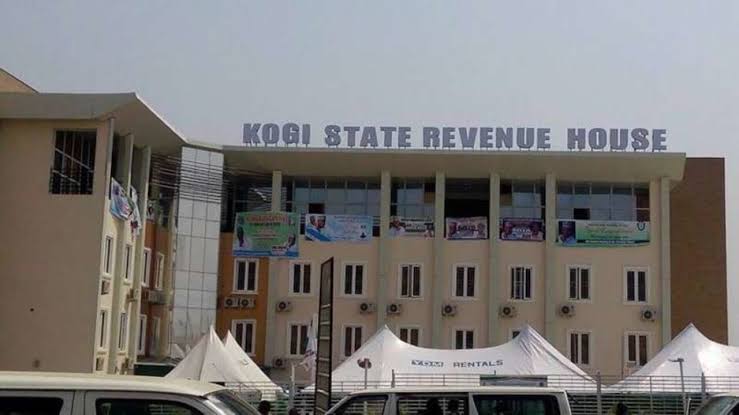
Looking Inwards: How Yahaya Bello is Boosting Kogi IGR
By Hafsat Ibrahim
States in Nigeria have an albatross in generating revenue, internally. With the exception of Lagos, Oyo Rivers, Kaduna and Kano States, the rest depend entirely on the federal allocations – gotten from the centre – for their survival.
Abuja, is where States Governors or their representatives – Finance Commissioners – flock to at the end of every month to collect their own share of the ‘national cake’.
Globally, States and Nations whose economies are thriving are the ones that prioritise revenue generation locally. Suffice to say that revenue generation is an elixir that midwifes financial resources, which aid the delivery of good governance to the citizenry.
Before Alhaji Yahaya Bello’s emergence as Kogi Governor in 2016, what The Confluence State used to record as its monthly IGR hovered around N350 million.
To change the situation, Governor Bello did not just stop at spewing mere rhetoric of tagging the paltry monthly IGR as something which is ‘unacceptable’. He assiduously put in place effective measures and policy actions, targeted at ballooning the State’s IGR profile, in no distant future.
It is safe to posit that a major reason why Kogi State was underdeveloped for several decades, until the last six years when the situation began changing, is because it lacked adequate revenue to drive socio-economic cum infrastructural growth.
Blessed with abundant human capital resources add with Nigeria’s two major rivers, it was pathetic to note that Kogi, prior to the advent of Gov. Bello’s administration, could not compete favourably with others States in the country.
While past Kogi Governors focused on infrastructural growth and job creation, their vision for the State’s economy was grossly hampered by paucity of funds.
But at the moment, the Kogi of today, wherein Governor Bello is holding sway, is one that does not wait for months’ ending to storm Abuja for ‘peanuts’.
The economy of The Confluence State, in this era, depends less on the monthly FAAC, otherwise after paying civil servants’ salaries, little will be left to run other critical affairs of the State, such as the provision of basic infrastructure and social amenities for Kogi citizens.
It is not hyperbolic to say that Governor Bello is one man who strongly believes that for a government to run effectively the issue of IGR of any State must be addressed through relevant fiscal reform policies and tax collection mechanism.
To this end, the first action taken by Governor Bello towards repositioning Kogi’s IGR profile was remodelling the Revenue House in Lokoja, in 2017. The edifice, which now wears a befitting look is also one of the most imposing structures in the State Capital.
Done with giving the Revenue House a facelift, Governor Bello’s administration soon formulated effective policies, through which the State can generate and collect tax in a manner that is not cumbersome for citizens.
Beside Kogi’s multiple sources of IGR, which include the monthly tax deductions of its civil servants’ emoluments, together with the digitalisation of its tax collection system, which has made it convenient for citizens to pay their tax from their comfort zones, are in tandem with the kernels of world-class accountability and transparency.
Though it will be difficult to instantly catch up with Lagos, Rivers and Kano, but Kogi is already on track judging by the feats recorded by Governor Bello in turning around the fortunes of the State’s IGR base.
Aside the jobs the Bello-led administration’s tax reforms have provided for thousands of youths in the State, Kogi’s IGR has also increased from the inherited N350 million to a whopping N1.3 billion, monthly.
The improved IGR of Kogi is what is enabling Governor Bello to remarkably alter every ugly narrative of The Confluence State.
And with over a year and a half to round off his tenure as Kogi Governor, what has so far been accomplished by the Governor Bello administration, in the last six years, is just a tip of the iceberg.
